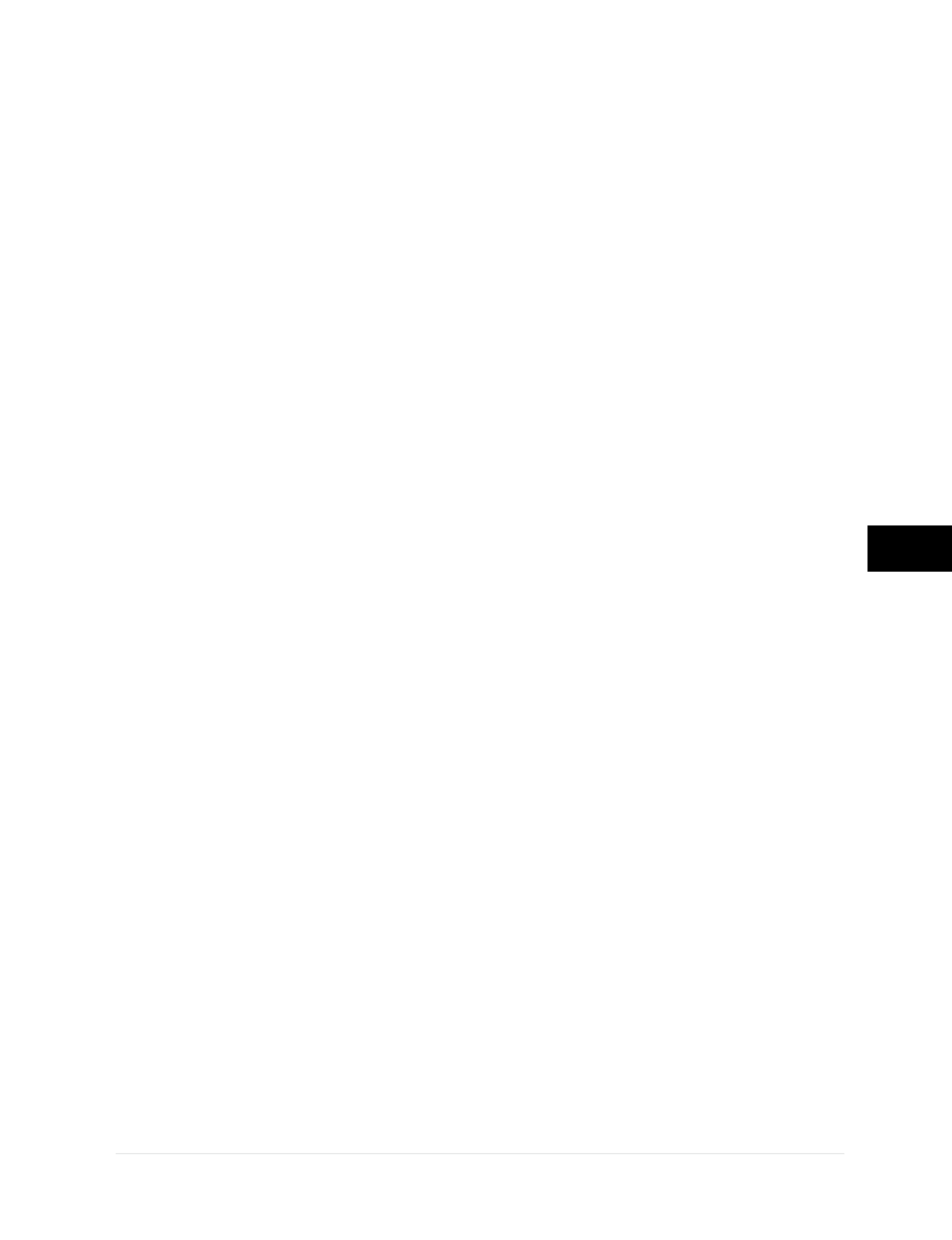
© 2014 Foundation Supportworks
®
,
Inc.
All Rights Reserved
p 293
Chapter 4
Miscellaneous Structural Support Products
CHAPTER 4
MISCELLANEOUS STRUCTURAL SUPPORT PRODUCTS
material, thus resulting in a crack. If the top and
bottom of the wall are considered laterally fixed
and the soil loads are modeled using equivalent
fluid pressure, a designer could calculate how
much lateral force needs to be applied from the
interior side of the wall at the elevation of the
crack to reverse the bending in the wall. This
mathematically results in compressive stress
on the interior face and tensile stress on the
exterior face. With compressive stress on the
interior face, the horizontal crack would be
expected to close. In practice, however, if this
calculated resistance force were to be applied
per the described analysis, the crack will likely
remain. Even if this applied resistance force
exceeded the calculated value by several orders
of magnitude, the crack will likely remain. What is
actually happening is the anchor forces applied
at the interior are tending to impose translational
displacement of the wall and the soil. The soil
is resisting movement, and the force it exerts
on the exterior of the wall (passive resistance)
increases to match the forces applied on the
interior face of the wall. The equivalent fluid
pressure assumption has therefore led us to an
erroneous solution.
There are other phenomena that are difficult to
explain with an equivalent fluid pressure model.
One would expect the aforementioned wall crack
to appear at the point of maximum bending. The
crack often appears at a higher elevation than the
equivalent fluid pressure model would predict.
In fact, it can be very close to the elevation of
the exterior grade. In this case, frost is often the
culprit. Although a true water table is most often
not present, there can be significant soil moisture
near the surface. When frozen, this can exert very
large forces on the wall resulting in a horizontal
crack much higher on the wall than an equivalent
fluid pressure model would predict. These forces
are not only large, but difficult to quantify.
The second item that is often misrepresented
in analysis is the load in the anchors. Many
designers will attempt to treat the anchors as
reaction points in their analysis. They treat
the wall as being laterally fixed at the top and
bottom and with a third “support” at the anchor
location. They then model a gradient load to
represent equivalent fluid pressure. This is now a
statically indeterminate structure which requires
a more complex analysis. Unfortunately, this
effort is wasted for a couple of reasons. The first
reason is that, as has already been discussed,
the equivalent fluid pressure model will yield
erroneous results. The second reason is that
the load in the anchor should already be known
because it is actually an applied force and not a
calculated reaction. Anchors are supplied with
a threaded rod and nut with wax typically used
as a lubricant. The nuts are tightened with a
torque wrench to a specific torque value. This
installed torque relates directly to tension in the
rod. There is no need to calculate the load in
the anchor since it is already known with the
application of torque.
Some designers recognize the wall anchors as
applied forces but still find it necessary to treat
them as calculated reactions. They are aware
that the forces that are applied at the anchors
are far in excess of those that will be calculated
as reactions. The designer may then make a
comparative rationalization demonstrating that,
for example, the force applied at the anchor is
twice as much as a middle support would offer
and therefore, the anchor system should be more
than adequate. Once again, the soil pressure
distribution exerted on the wall after the anchors
are installed will bear little resemblance to an
equivalent fluid pressure gradient so applying
twice as much force than a fictional calculated
reaction value really serves no purpose.


